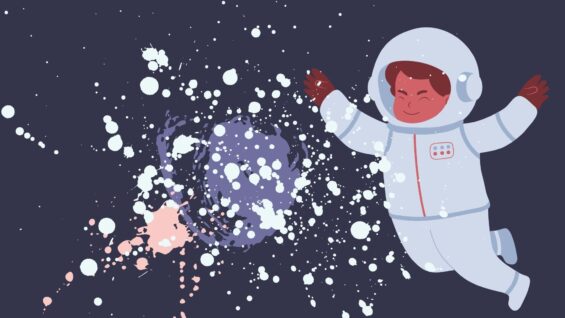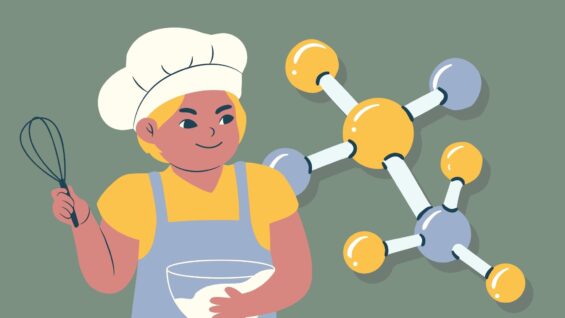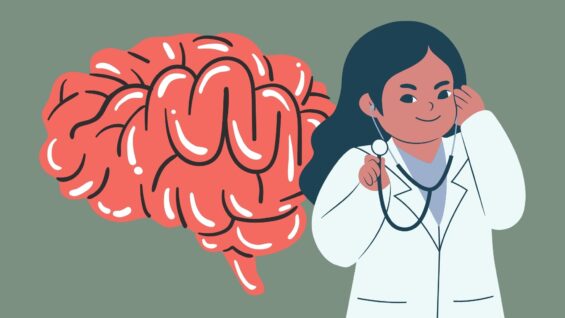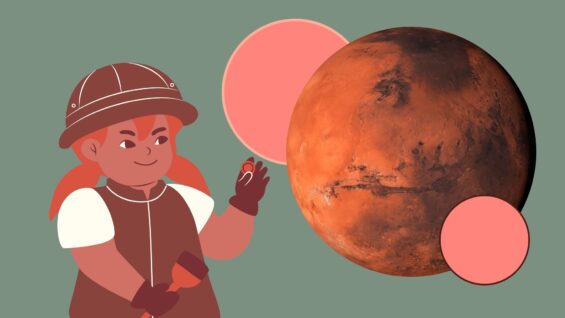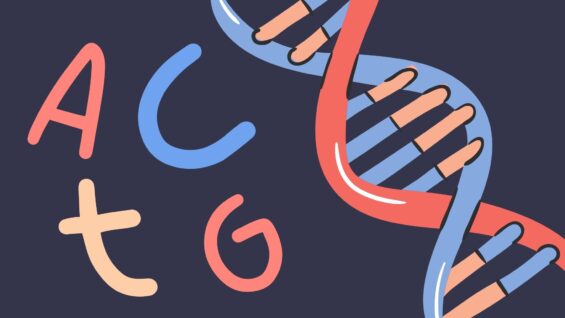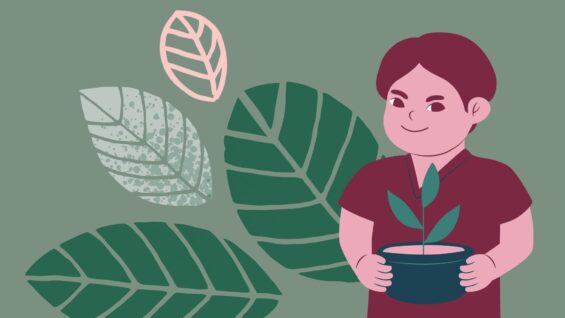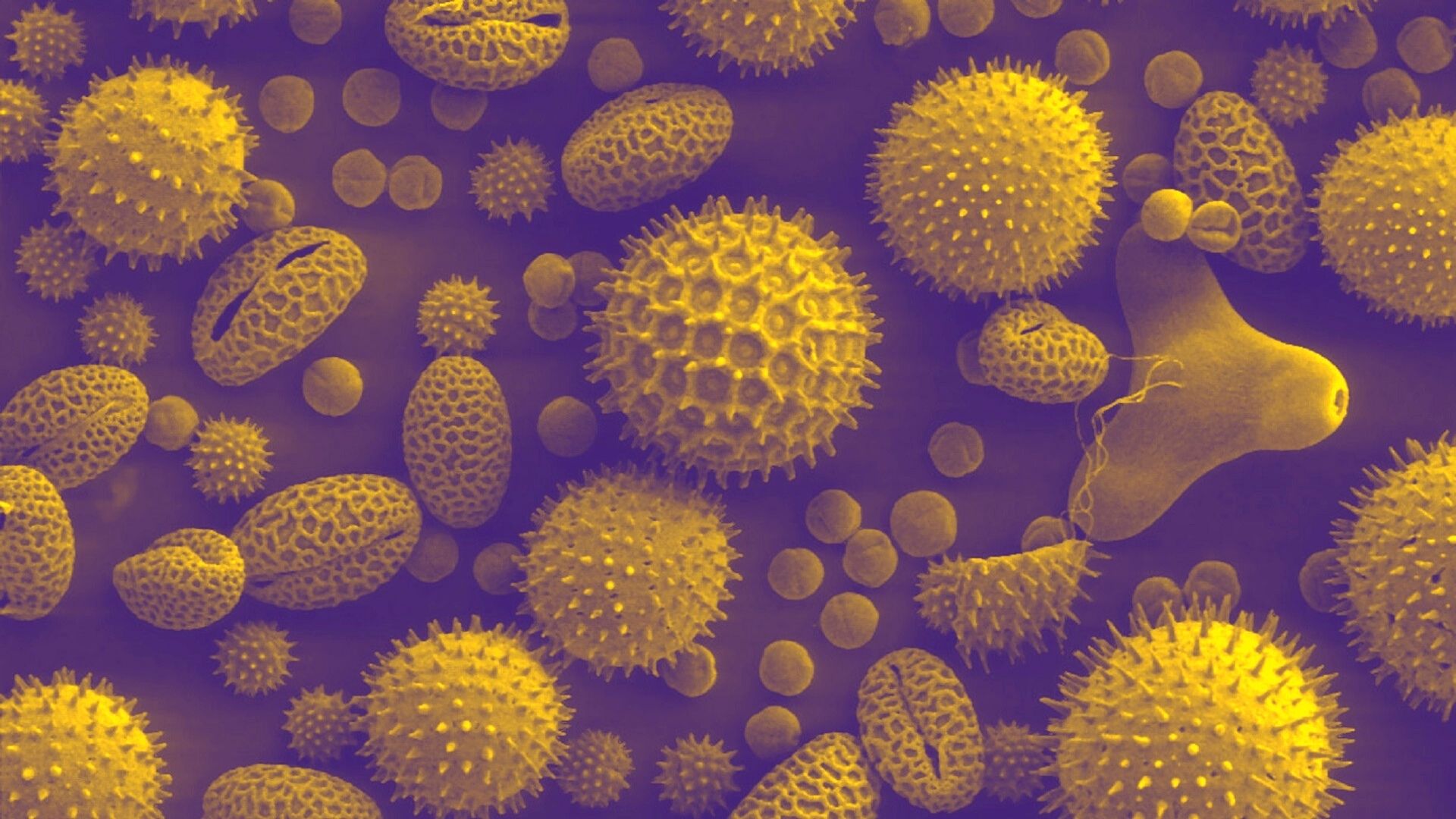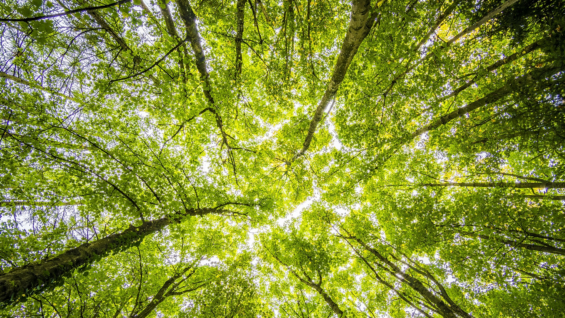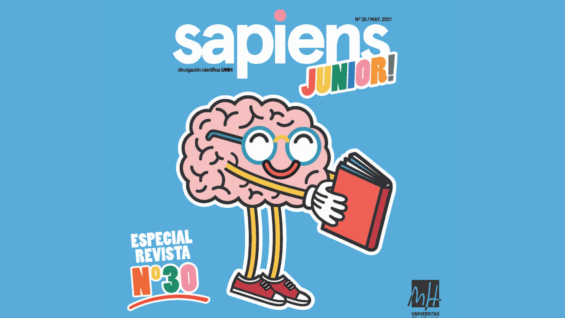Art Explosion in the Big Bang
The history of the Universe, from the Big Bang to the appearance of life, can also be told from an art perspective. In this workshop, you’ll learn how to create nebulae (the matter concentrations that give rise to the creation of stars) with a few materials and a lot of creative freedom. It’s a very simplified version of the techniques used by the neuroscientist of the Miguel Hernández University of Elche and artist Luis Miguel Gutiérrez, creator of the exhibition Marco and Microcosmos: A History of the Universe and Life Told Between Science and Art.





